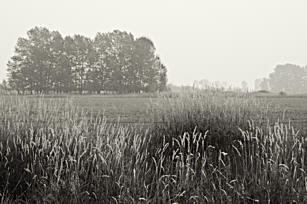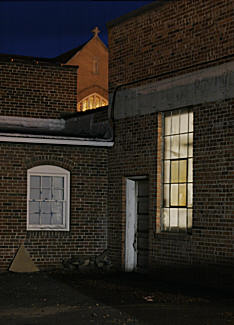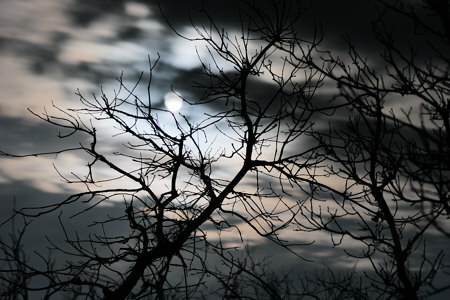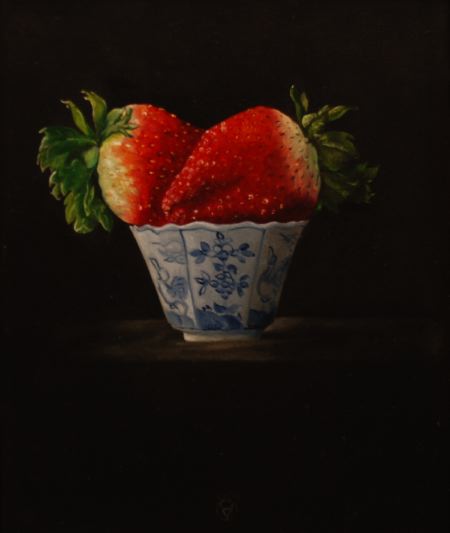
Painting
From Life vs.
From Photos
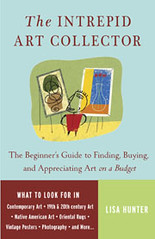
I want to expand my blog Art & Perception as a book. Lisa Hunter, author of The Intrepid Art Collector, gave me some excellent advice. [Note, this post was written before Art & Perception became a group blog]
Karl Zipser: We bloggers write what we want to write and act as our own publishers. When you want to publish a book, how does this affect what you can write about?
Lisa Hunter: Writers don’t like to hear this, but commercial publishers really want evidence that the book will sell. They’ll want to know if the author has a “platform” (i.e. whether he/she gives seminars, has a TV show, writes a syndicated newspaper column, etc.) They’ll also want to know what the readership demographic is, and what opportunities for PR exist. And they’ll want a “competition analysis,” which lists all similar books and explains why this one is different or better. At big commercial publishers, the marketing people can be just as important as editors in deciding what books to publish!
Karl: Are books about art a special case with respect to publishing?
Lisa: A major factor with art books is how expensive they are to produce. Color illustrations raise the printing costs substantially (and this is on top of reproduction rights fees.) Oftentimes, a book proposal is shot down because the book would cost so much that few people would buy it. I know this from personal experience. Recently, I had a great idea for a coffee table book that several editors loved, but no one could see how it would be profitable. Sigh.
Karl: Tell me about the writing process itself. Did you write your book first and then look for a publisher?
Lisa: Non-fiction is unique, in that you don’t have to write the book until you have a contract with a publisher. Acceptance is typically based on a proposal, outline and sample chapter. An agent who believes in your project — and who knows what publishers are looking for — is a HUGE help in getting editors to take the project seriously.
Karl: So you get the agent and editors to believe in you with a great proposal, etc, and then . . .
Lisa: Of course, once you have the contract, you actually have to write the book, and if you’ve never written anything 300+ pages before, that can be intimidating. When I was writing The Intrepid Art Collector, I was lucky because the chapters were all stand-alone. I could work on them one-at-a-time, as if I were writing magazine articles. After a while, I had my 80,000 words. For a more narrative type of book, an outline is critical to stay on track. And when writer’s block and deadlines build up stress, I recommend chocolate.


